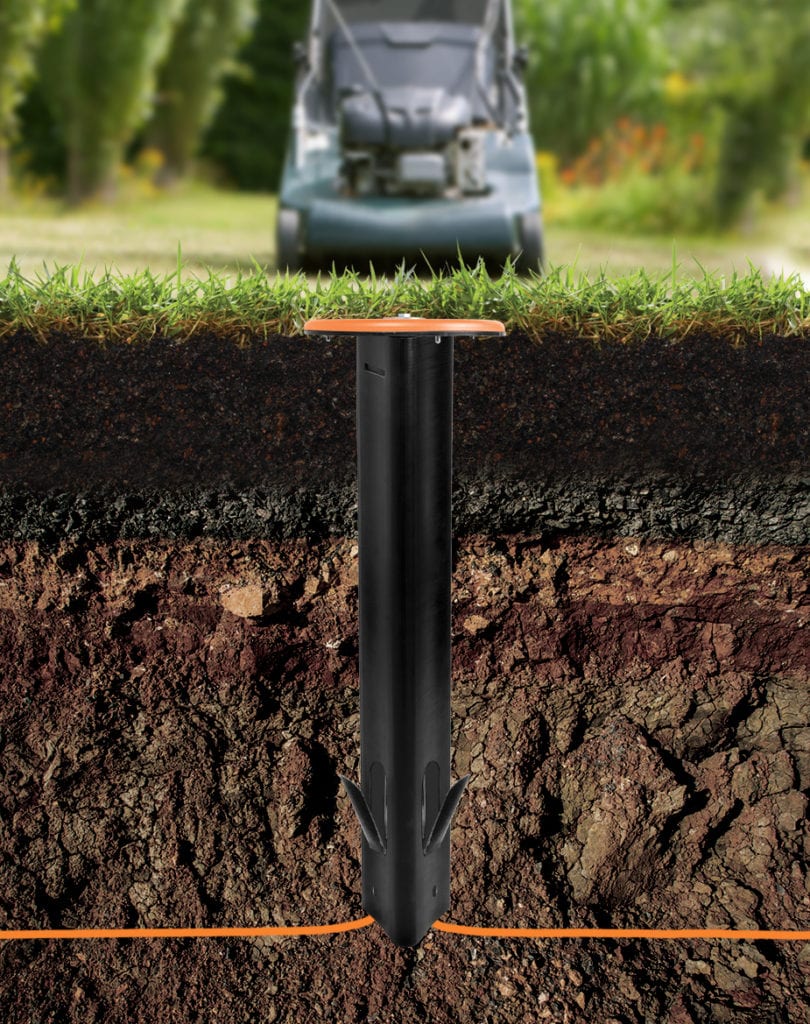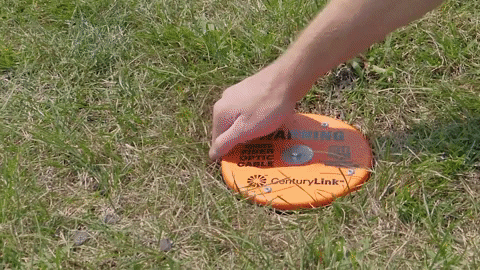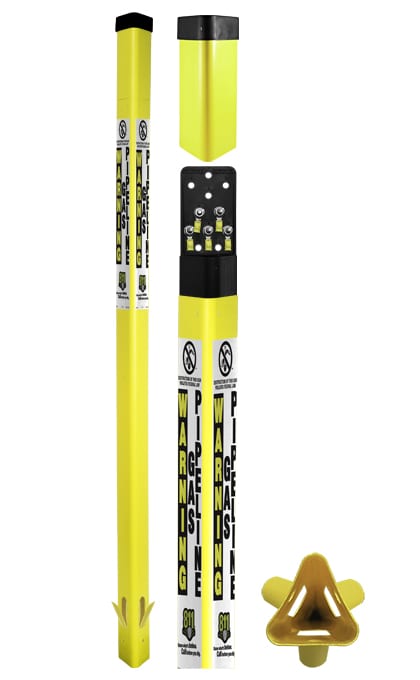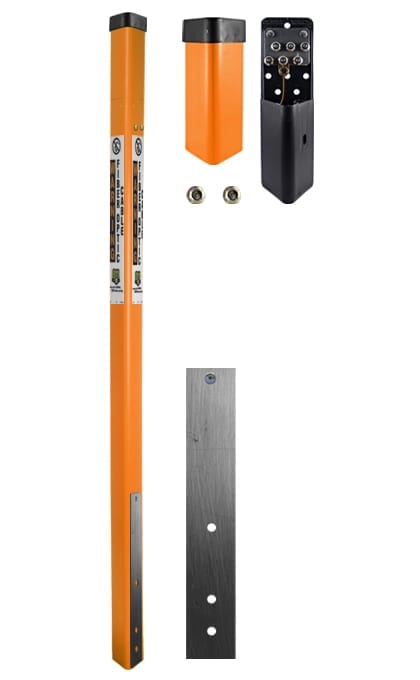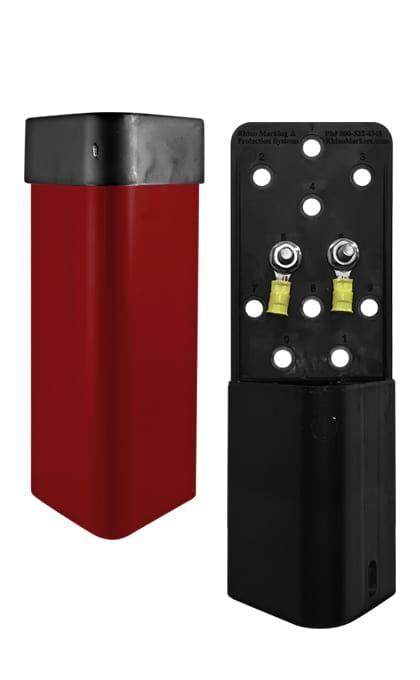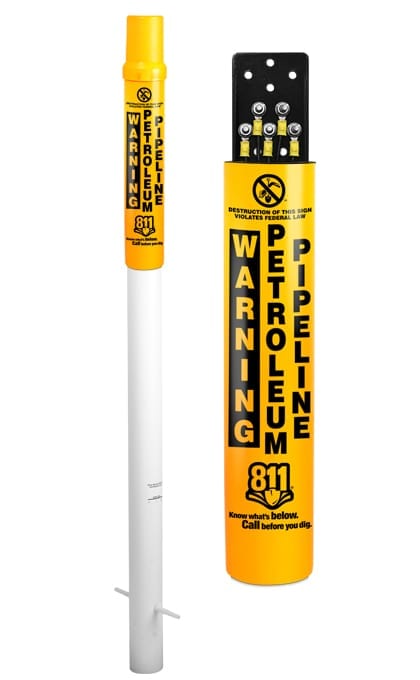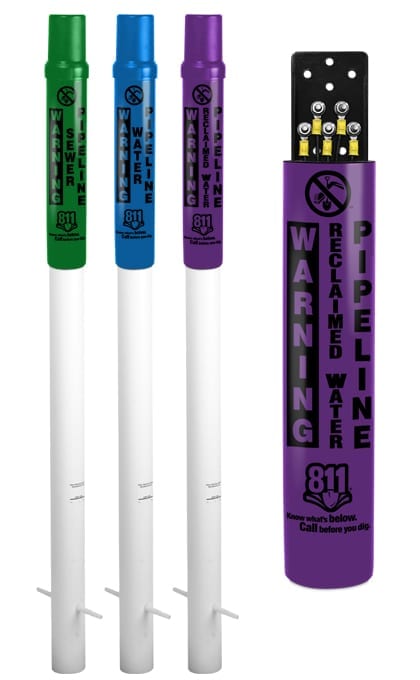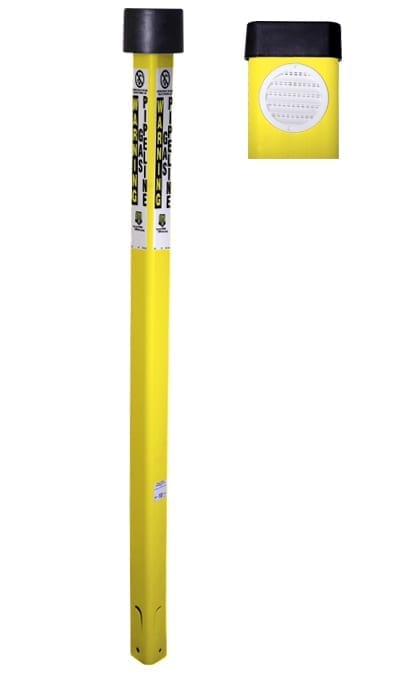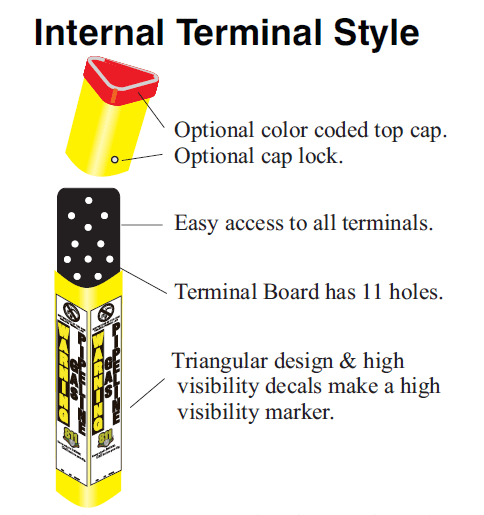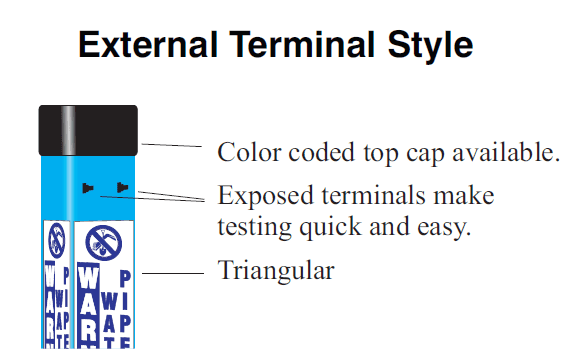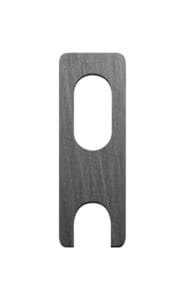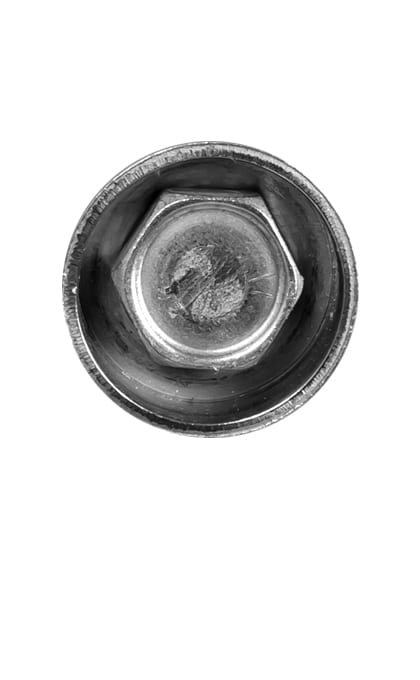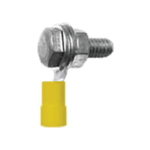Test Stations
Protect Your Wire & Provide a Warning.
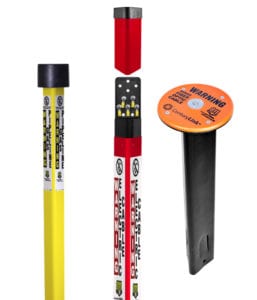
There are lots of Test Station options available and making the right choice can be difficult. Here we hope to give you the information you need to make the right choice for your current situation.
If your in a city or populated area that considers larger markers an eye sore you might need a HideOut™ to meet city requirements. If you don’t have those restrictions you’ll probably want to use the TriView® because of it’s 360° visibility. Our RhinoDome™ is also a great option with it’s incredible durability.

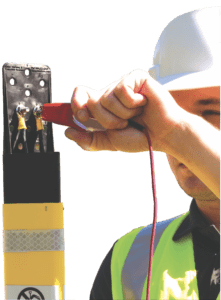
In some areas, upright marker posts just aren’t practical – or accepted. Homeowners commonly see upright markers as an affront their yards and nuisance to their mowers.
The flush-mounted HideOut is highly visible, yet unobtrusive, making it a fan favorite amongst homeowners.
The locking cap on top can be accessed with a can wrench. It has a layer of steel in the top to make it detectable in case of snow or dirt covers the unit.
The easy access terminal board simply telescopes out about three or four inches.
- Fade Resistant
- UV Stable
- Made of RhinoPoly® which can withstand temperatures from -140° to +150° F
TriView® Test Station, Our Ultimate Locate Post & Retrofit Kit
Test Station Optional Add-ons to Consider
The Terminals below are listed in order of cost and convenience. They can be packaged with the Test Stations or purchased separately. Each will work with a TriView® or RhinoDome™ Test Station.

This setup is still pretty standard but is considered somewhat old school. It requires the locator to take nuts and shunts off which means parts can get lost in the field. This process also takes additional time. The risk of losing parts and the time it takes is part of the reason why it’s the cheaper option and considered a lower tier product.
This one is slightly higher tier because the square plate in the back acts as one big shunt so that when a locater hooks up to the terminal his signal will go everywhere without the need to remove nuts. If you wish to isolate one signal simply remove the nut like you would on the “5 Stainless Steel Terminals” above.
This product never requires you to take any nuts or shunts off making it easier to use and less risk of losing parts. It has a dedicated copper ground wire and is controlled with a lever. When the lever is down all the terminals are bonded together making the signal go everywhere. When the lever is popped up they are isolated so you just need to clip onto whichever terminal you want to send a signal through.
RhinoDome™ Test Station includes graphic that are hot-stamped directly into the post, ensuring the warning message will remain visible throughout the entire lifespan of the marker. It can withstand direct sunlight for a minimum of 10 years without significant fading or cracking
- 10+ Years in Sun without Significant Fading or Cracking
- Hot Stamped Ensuring Warning Messages Stay Visible
Convert rusty metal pipes into maintenance free, high visibility pipeline markers. Perfect for 2″ IPS vent pipes. Eliminate the need to paint corroded vent stacks and install separate pipeline markers.
- 360° visibility
- Made with RhinoPoly®
- Maintenance Free
Though internal terminal style does allow you have access to all the terminals you may want easier access to save time.
The External Terminal Style provides you with quick and easy testing. Which is why we made the Terminator Plate. It can be used with a TriView®, RhinoDome™, or Ventguard.
- Choose up to 3 external terminal per plate
- Available Colors: black, red, orange, yellow, green, and blue
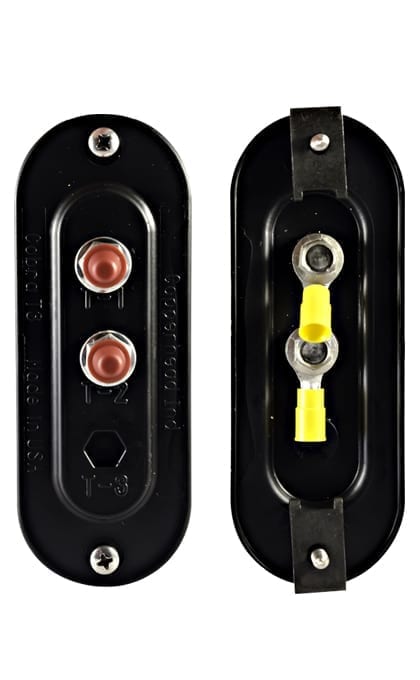
We’ve got shunts for connecting two adjacent terminals. Cap Locks made of stainless steel to deter vanals from accessing wire and hardware located within test stations. Internal Terminals that are compatible with all test station options.

